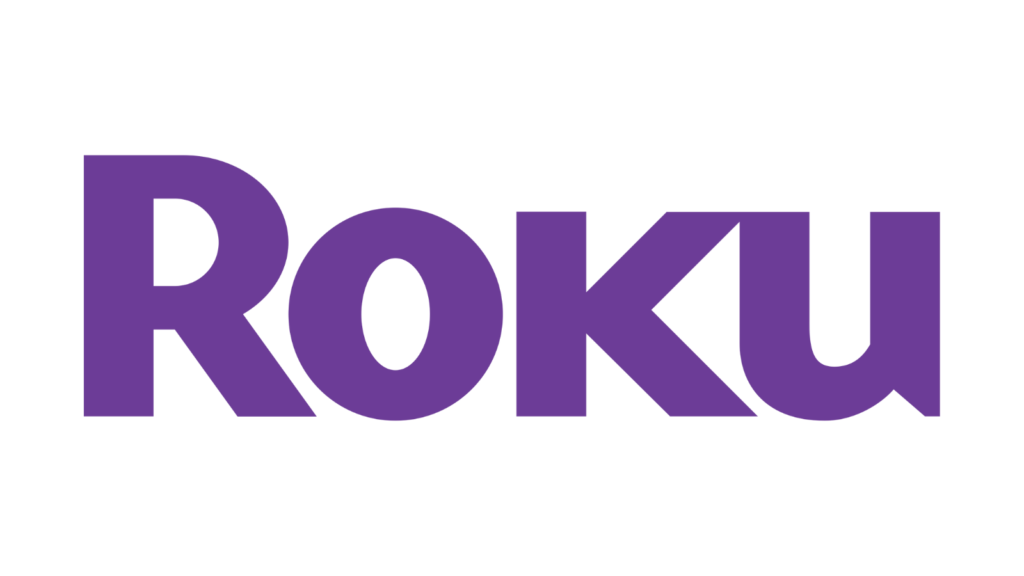In the first unsurprising development of 2023, Roku is finally launching its own smart TV. The question now is whether the company – whose stock is down 80% in the last year and faces myriad challenges – can leverage the news to reinvigorate its hardware business as it copes with an advertising slowdown challenging its platform business.

Overall, Roku lost $243 million in Q3, with the advertising scatter market down nearly 40% year-over-year in the quarter. This week, marketing analysis firm WARC predicted $880.9 billion in overall ad spending in 2023, which sounds like a lot until you realize the forecast is down $90 billion from previous estimates. While more of that reduced spend is going to CTV these days, companies relying on digital spend are still likely to report more ad pain in Q4. So the introduction of a smart TV that enables Roku to own customers the second they hit “power” on their remotes rather than hope they’ll choose the Roku console over other options is certainly a gamechanger for the company. Will it be enough? It’s hard to say, but the truth is that marrying hardware with software certainly can’t hurt.
Roku divides its financials into two major baskets: Player and Platform. Player revenue includes streaming players and some audio products sold through traditional and online retailers. That division has struggled a bit in recent quarters, with its $92 million in Q3 revenue down 7% YOY and posting a $17.5 million net loss. Meanwhile, its Platform division, which includes digital advertising, content distribution and licensing fees, and premium subscription revenue, brings in roughly seven times as much revenue and was up 15% YOY in Q3 to hit $670 million. That’s a wide gulf between those two divisions, and it’s telling that platform revenue continues to greatly outpace players despite the aforementioned ad slowdown.
Next? Roku has a big opportunity to equalize its revenue mix by entering the smart TV game and potentially cementing its relationship with millions of Roku fans who may opt to go all-in and buy a Roku TV set. And perhaps some will leave other platforms in favor of the easier access to Roku services through a native TV interface. Much will depend on how much of a splash Roku makes at the Consumer Electronics Show that began this week in Las Vegas and served as its launch venue. Keep in mind that its TV will be one of literally dozens of major brands from all over the world duking it out on price, screen size, resolution, and yes, the user interface. Just this week, TiVo owner Xperi announced (also at CES) the launch of its own smart TV manufactured by Vestel and “powered by TiVo” across brands including Daewoo, Hitachi, and JVC, among others. TiVo’s slick operating system has its own devotees (and powers many cable set top boxes by operators like Mediacom and Breezeline). Also unveiled at CES was a new smart TV by Comcast-Charter joint venture Xumo. It’s a lot of competition, but Roku has an advantage in that its beloved UI is so entrenched with tens of millions of users. Still, Roku will face an uphill climb versus scrappy smart TV upstarts like TiVo and well-funded ventures like Xumo, as well as against entrenched TV makers like Samsung, LG, and Vizio, all of which have their own formidable operating systems.
It’s a good thing that Roku continues to consistently build its customer base, announcing some preliminary Q4 numbers just this week revealing that its active accounts now exceed 70 million, up 16% YOY. Its streaming hours neared 24 billion in Q4 and 87.4 billion for all of 2022, up 19% YOY. ARPU has also been climbing, increasing 10% YOY to $44.25 in Q3 (no Q4 figures yet). The next year will be a critical chapter for this connected TV pioneer, and investors may soon start to wonder whether Roku is set for an eventual comeback. We’ll know more when the company reports its Q4, but not everything: Roku won’t even start selling smart TVs until the spring, so it will likely be the middle of 2023 before we can gauge whether consumers are in a buying mood.
